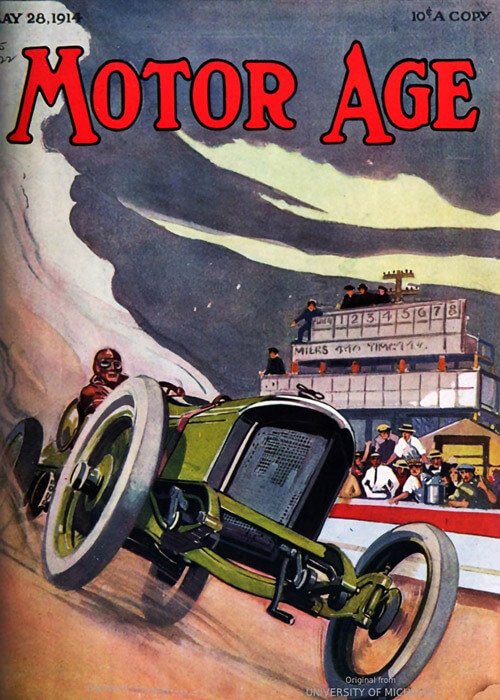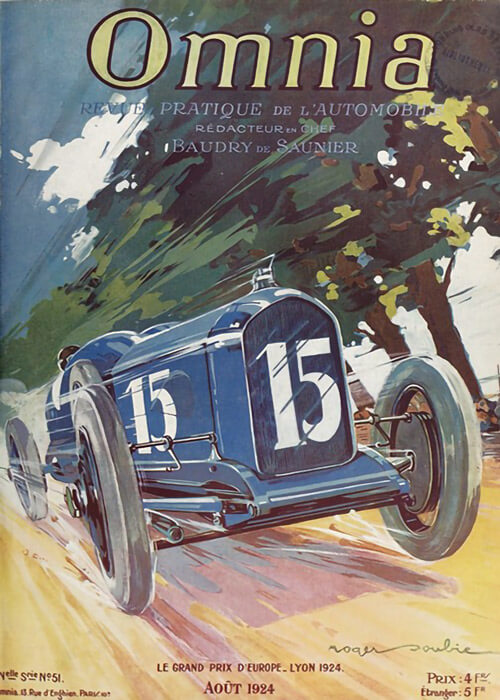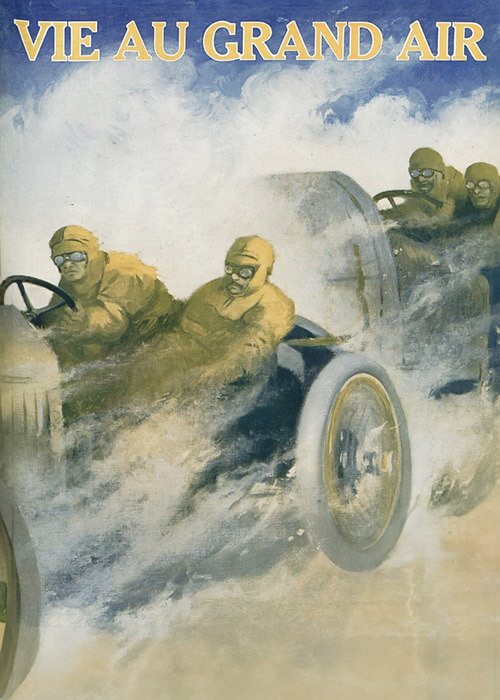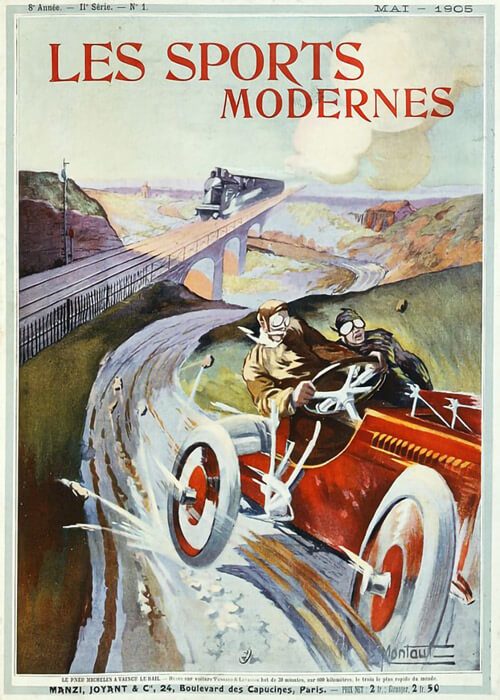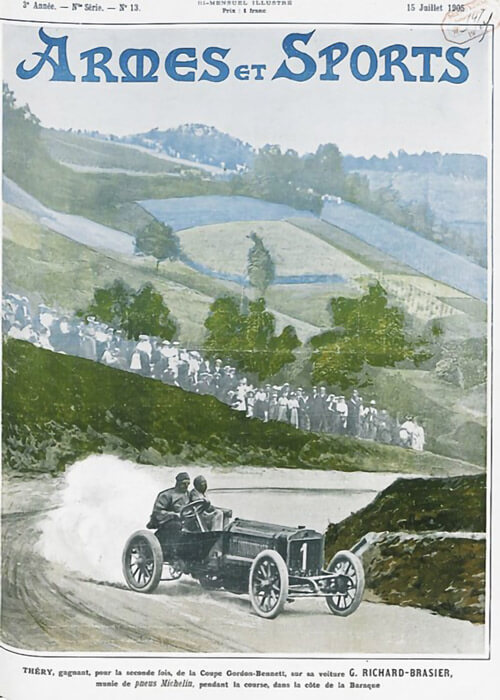The 1920 Indianapolis 500: just didn’t make the 100 mph.
This year, the willing entrants were forced to build entirely new engines. Indianapolis followed the newly introduced Grand Prix formula which meant that this time, no nice round value for C..I’s (like the previous 500, 450 and 300 C.I. capacities) anymore. This year’s metric 3 liters correspond to US customary 183 C.I.
While making rule changes anyway, the qualifying spots from now on were based on an average of four laps.
Poor Ernest Ballot: the engines in his less than one year-old cars were useless and he had to build new ones, which he did; they were Straight-Eights. Duesenberg followed that lead with introducing Straight-Eights as well.
The Chevrolet brothers, who had quite a stormy history within the US Automobile World, had already been active at Indianapolis. This year they had teamed up with the William Small Company, owners of the Monroe Company. The brothers had built no less than 7 four-cylinder cars, three of them were named Frontenac, four were called Monroe. All of them were very streamlined for the time, thereby being clearly different than all other cars.
Who knows, whether the new engine rules had anything to do with the entry list, but this year the starting field had only 23 cars.
Ralph de Palma had joined the Ballot team, he won the Pole Position but again he saw yet another near-to-certain victory traditionally slipping through his fingers. Way out in the lead with 13 laps to go, he appeared to be out of fuel had his riding mechanic and his nephew Pete de Paolo got some fuel from the pit but meanwhile Ralph discovered he had magneto trouble. He managed to get 4 of the cylinders working again to resume the race, thereby salvaging 5th place.
But 1920 saw something happen for the first time what, when a kind of similar occurrence happened 15 years later, then made much more impact and is better remembered too.
No less than 4 of the 7 Frontenacs & Monroes had crashed out of the race due to a failing steering arrangement. Fortunately, without serious consequences for the drivers. Only two cars made it to the finish. But one of them, driven by Gaston Chevrolet was flagged of as the winner, the third ever victory for an American built car. Yet it had been close: with 3 laps to go, Gaston had to stop for some fuel. But the fuel cap became damaged and refused to remain within position. Gaston ordered his already exhausted riding mechanic to hold the cap in position for the final laps! They were followed home by 6 Straight-Eights of Duesenberg and Ballot. Ballot had again been the fastest car but failed to deliver the goods.
The fuel cap trouble not letting him lose the race wasn’t Gaston’s only strike of luck. After the race, when Brother Louis vented off his agitation about all the failed steering components on the other cars by giving the winning car a kick, its steering arrangement came apart too. How many more laps could it have survived? Another 15 years later another multicar team was hampered by poor steering arrangements.
Gaston Chevrolet’s luck had held that day, but not for much longer. Almost half a year later he was fatally injured in a crash on the Beverly Hills Board track, making him the first 500 winner who died within less than a year after his victory.
The most mysterious entry of the field was the 11th place finisher: John Boling in the Richards Special, powered by a six-cylinder Brett engine. Legend had it for a long time that this car was secretly fitted with a supercharged engine. But according to one team member who spoke out many years later, the rumor was not true. But the mere fact that the rumor existed for so long, makes you wonder how thoroughly the technical inspection at Indy was in those days.
Although a four-cylinder car had won; of the 9 Straight Eights in the race, 7 reached the finish, all of them in the top 9! Something had to be right with this concept.
The French Ballot team went back to France with one less team member. The riding mechanic for Jean Chassagne (who had finished 7th and last of the Ballots) decided to make his living in the USA from then on. He would become a legend on his own within Indy History, associated with several of the most famous people and cars at the Speedway. We will run into the career of Jean Marcenac in later years covered on this website.
For the race, it was the first time ever that the winner covered the whole race distance without a tyre change. With compliments from Barney Oldfield and his Firestone Tires trading company! YKW
Indianapolis 500 - 1920
The Horseless Age
MoToR
Motor Age
The Motor World
The Motor Way
Automotive Industries
- Chevrolet Wins at Indianapolis in Monroe - to come
Automobile Topics
- All Is Ready for Indianapolis Race - to come
- Indianapolis Proud as Own Cars Win - to come
The Automobile Journal
La Science et Vie
- La Construction des Pistes Speciale - under construction
La Vie automobile
Le Monde illustré
- Le Meeting Automobile d'Indianapolis - to come
Omnia
- Le Vainquer Moral - to come
La Stampa Sportiva
L'Illustrazione italiana
Allgemeine Automobil=Zeitung
- Die Herstellung eines Rennwagens in 101 Tagen - to come
- Das Indianapolis Rennen - to come
